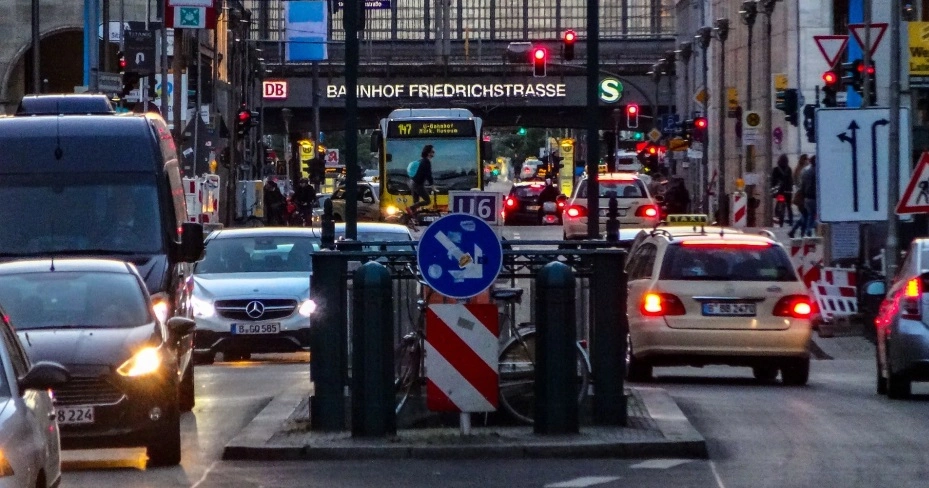Negotiators from the European Parliament and the Council reached an agreement on Monday on the new standard setting emissions reduction standards for air pollution from road transport, known as “Euro 7.”
As advocated by governments, it will apply to cars and light vehicles from 2027, not 2025 as Brussels had initially proposed.
In line with the position set by the Twenty-Seven in their negotiating stance, the reform will be implemented 30 months after coming into force for cars and vans and 48 months after coming into force for buses, trucks, and trailers.
In practice, this postpones its implementation until 2027 and 2029, respectively.
The political agreement still requires formal approval in the coming months from both the European Parliament and the Council to be formally adopted as a regulation.
Additionally, there is a safeguard allowing small manufacturers to defer compliance with the new standards until July 1, 2030, for cars and vans and until July 1, 2031, for buses and trucks.
The EU’s agreed-upon revision to accompany the industry’s transition to a “clean” car by 2035 maintains emission limits and testing conditions that existed in the previous standard (Euro 6) and establishes lower limits for heavy vehicles compared to the previous regulation.
The agreement sets emissions limits for brake particles (PM10) for cars and vans (3 mg/km for pure electric vehicles; 7 mg/km for most internal combustion engine (ICE) vehicles, electric hybrids, and fuel cell hybrids, and 11 mg/km for large ICE vans), as reported by the European Parliament in a statement.
It also introduces minimum performance requirements for the battery durability in electric and hybrid cars (80% from the beginning of their lifespan up to five years or 100,000 km and 72% up to eight years or 160,000 km) and vans (75% from the beginning of their lifespan up to five years or 100,000 km and 67% up to eight years or 160,000 km).
Another novelty involves the creation of an “environmental passport” for vehicles with detailed information about the vehicle’s efficiency at the time of registration, such as CO2 emissions, fuel consumption, or electric range.





